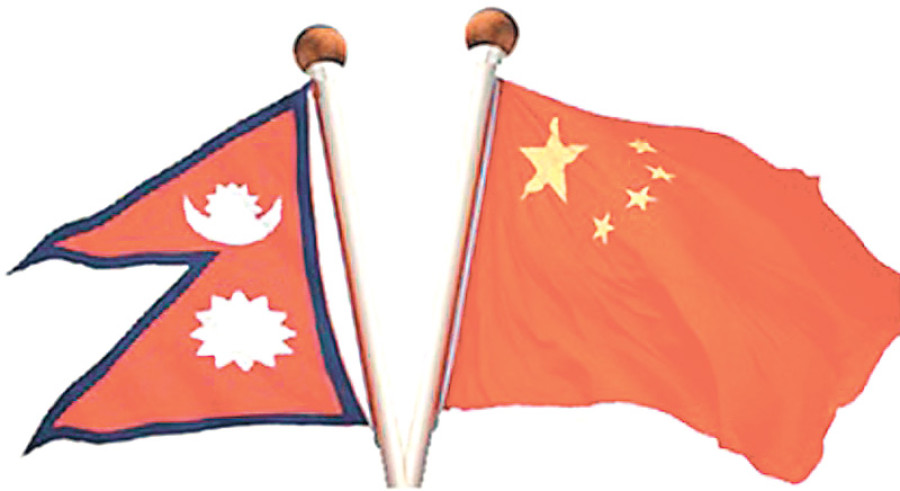National
Govt’s preparation for China connectivity ‘inadequate’
Even though half a dozen Chinese firms have sought approval from the Nepal government for initiating study on a rail network connecting Nepal with China, there is not much progress as the Department of Railways (DoR) is waiting for the two countries to sign a concrete deal on the project.
Sanjeev Giri
Even though half a dozen Chinese firms have sought approval from the Nepal government for initiating study on a rail network connecting Nepal with China, there is not much progress as the Department of Railways (DoR) is waiting for the two countries to sign a concrete deal on the project.
Officials at the DoR say they do not have adequate resources as well as manpower to evaluate the applications submitted by the Chinese firms for conducting a detailed project report (DPR) for the railway line which is considered to be technically challenging.
The Chinese companies have applied for conducting a DPR study of the railway line connecting Kerung on the Nepal-China border with Kathmandu, and from Kathmandu to Pokhara and Lumbini. There, however, is no uniformity on the proposals as different companies have proposed study on different routes.
“We have received proposals from some six to seven companies. However, we are not in a position to give them a go-ahead until the two governments forge an agreement on this front,” said Prakash Upadhyaya, senior divisional engineer at the DoR, adding that the office does not have the expertise to evaluate the Chinese firms.
This is why the government wants something concrete to happen at the G2G (government-to-government) level. The department believes that involvement of both the countries will assure the Chinese government more about project implementation.
According to China Daily, the northern neighbour will extend the Qinghai-Tibet railway to the Nepal border by 2020. The railway stretches out around 540 kilometres from Shigatse to the Jilong County in the Tibetan Autonomous Region that lies on the international border.
Nepal will have to ready physical infrastructure by then if it wants to reap optimum benefit from the project, experts say.
According to Upadhyaya, around 90 percent of the railway line from Kerung to Kathmandu, which is estimated to be 100-120 kilometres long, will be either through a tunnel or on a bridge, making it among the most complicated undertakings. The Railways Department, through the Ministry of Physical Infrastructure and Transport, had urged the Finance Ministry to pursue negotiations for getting the two governments to agree to a deal. “We’ve heard that the matter has already been communicated to the Ministry of Foreign Affairs,” Upadhyaya said, adding that the matter was discussed during the recent visit of Deputy Prime Minister and Foreign Minister Krishna Bahadur Mahara to China.
A statement issued by the Embassy of Nepal, Beijing during Mahara’s visit, had said the DPM had briefed Chinese Premier Li Keqiang about “common consensus among major political leaders in the government and in the opposition” to carry forward railway connectivity as a national priority project. “Both the sides agreed to take necessary measures to carry out technical study of the project,” the embassy stated.
The trans-Himalayan railway connectivity had gathered momentum after Nepal and China agreed on “exchanging ideas and proposals on constructing cross-border railways and railway network in Nepal and support enterprises to start related preparatory work as soon as possible” during the visit of then prime minister KP Sharma Oli to Beijing in 2016. The government subsequently announced in the budget that it would prepare a detailed project report for the Rasuwagadhi-Kathmandu-Pokhara-Lumbini rail network for which construction would start within two years.
Rs4 billion has been allocated for preparations this fiscal year. “If we are to work at full pace, we need a budget of at least Rs35 billion,” Upadhyaya said.




 30.12°C Kathmandu
30.12°C Kathmandu















